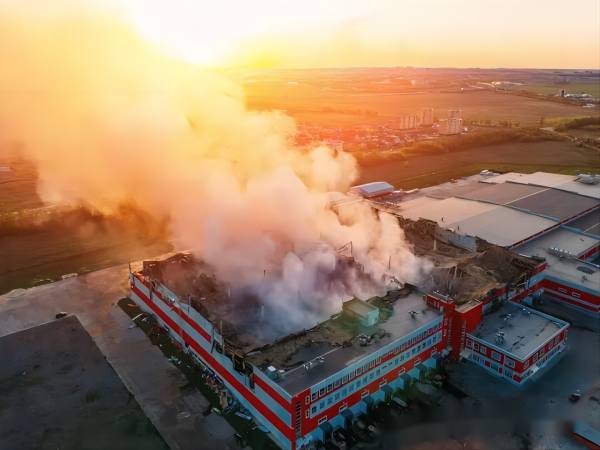Is CNC processing magnesium safe? In order to process magnesium, very strict safety precautions need to be taken.
1. Maintain proper mold conditions and avoid tight relief corners
When CNC machining magnesium parts, the cutting tools must be kept sharp and the relief angle (or relief angle) large. This is because dull tools and tight relief angles can cause excessive friction and heat, which can ignite chips during CNC machining.
Carbide cutting tools retain their hardness and are less likely to spark when machining at high temperatures. Therefore, they are more suitable for machining magnesium parts than steel cutting tools.
2. Make discontinuous chips
You must also pay close attention to the type and size of chips formed during machining. Generally speaking, it‘s best to set up your CNC machine to produce discontinuous (or broken) chips rather than fine chips. This is because discontinuous chips help dissipate heat from the cutting surface and cutting tool, making fire less likely to occur.
So how do you set up a CNC machine to produce discontinuous chips?
First, you have to make sure that the cutting tool has a small back rake angle. Moderate to high cutting speeds should also be used while maintaining low feed rates. Large cutting depths also promote the formation of such chips.

3. The chip adopts explosion-proof vacuum
Even if the processing parameters mentioned in #2 are implemented, the resulting discontinuous magnesium fragments can still be hazardous. Top machine shops now use explosion-proof vacuum systems and vacuum cleaners to safely remove magnesium chips and dust from CNC machine tools.
The extracted wood chips are then stored separately from other wood chip material in tightly sealed non-combustible containers such as steel drums.
4. Use mineral oil coolant
If your project requires different machining parameters than those mentioned in #2, then there is a good chance that too much heat will be generated during the machining process. For this, you must use mineral oil coolant. They reduce the risk of fire and explosion while improving the surface quality of machined parts.
Never use water-based coolants as they react with magnesium to produce hydrogen gas, which itself is highly flammable.
5. Never use water to extinguish magnesium fires
So let‘s say something goes wrong at your manufacturing plant and you need to put out a magnesium fuel fire. Water is definitely not an option because as we all know, it makes things worse.
Class D dry fire extinguishers are more effective at extinguishing magnesium fires. You can also use dry sand, especially if you want to control a small fire.
CNC machining of magnesium is risky
Preventing fire hazards caused by magnesium requires following the practices we mentioned earlier. The risks associated with this material are significant and you will find that not all machine shops are willing to use magnesium.





